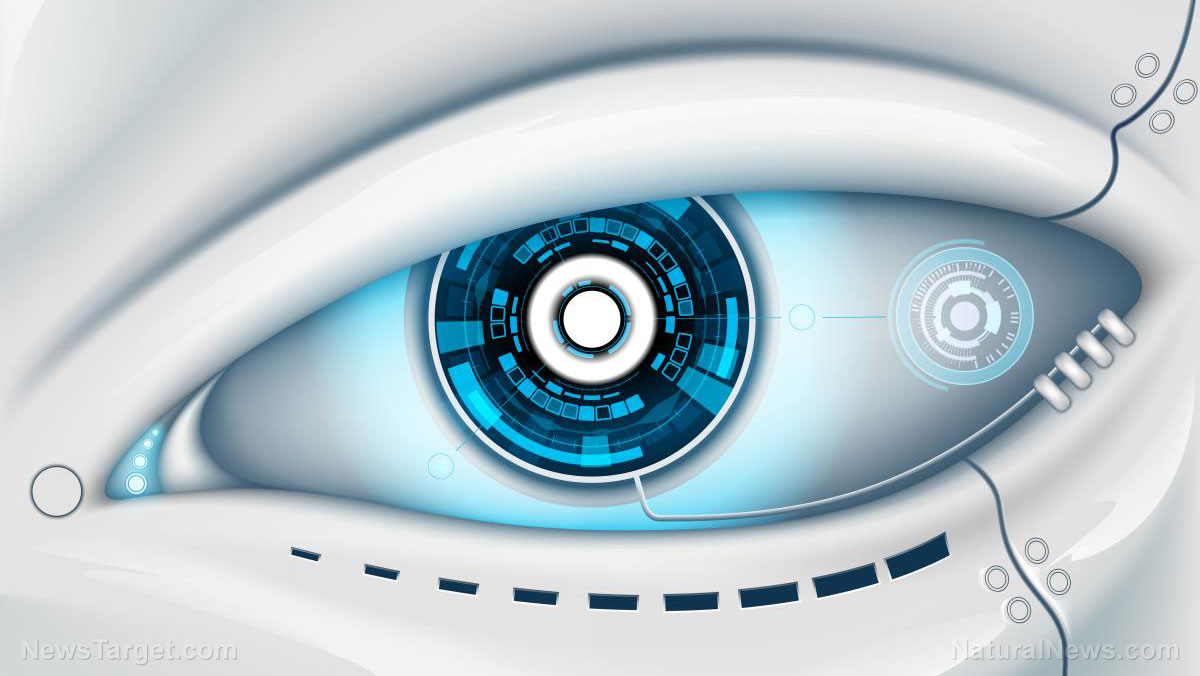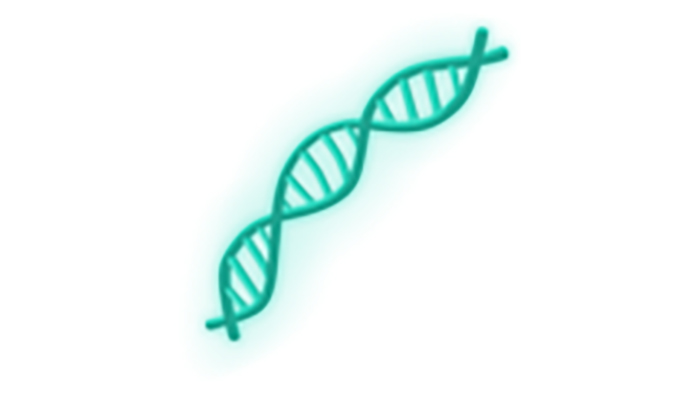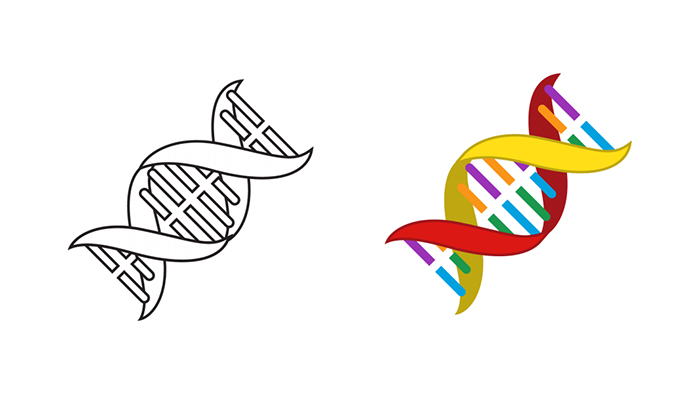
In a race with Amazon to the bottom, Samsung has unveiled a new spy machine robot called “Ballie” that rolls around people’s homes watching and listening to everything they do while controlling all their electronic devices.
First unveiled back in 2020, Ballie’s latest hypothetical design is roughly the size of a bowling ball on wheels – previously it was only about the size of a tennis ball. The spying device also now contains a built-in projector that can display a virtual work call, a yoga program, or whatever else the user wants projected on a wall or ceiling – the video below shows what Ballie looks like and what it does:
4. AI Robot companion called ‘Ballie’ by Samsung pic.twitter.com/dPV9dn9hsl
— Rowan Cheung (@rowancheung) January 9, 2024
(Related: Previously, Amazon’s Echo device was considered to be the ultimate spy machine to listen to and record everything users do and say.)
Does the world really need another in-home spying device?
At the recent CES 2024 event, Samsung showed off the Ballie in a demo, though attendees were not allowed any one-on-one time with the spherical robot device. In the demo, Ballie’s movements were “obviously tightly scripted and controlled,” to quote Engadget‘s Nathan Ingraham.
Ingraham says the demo “at the very least … gave us an idea of how the company envisions Ballie being used.” In other words, Ballie’s real-life use cases are still all hypothetical as the device is still under development.
An actor at CES 2024 asked Ballie to start a workout routine for him, which prompted the machine to project a workout video on the wall for immediate use, along with music to go along with it.
“Sure, you could just use your TV for that, but when one of the exercises called for laying down, Ballie shot the video to the ceiling so the actor could continue following along,” Ingraham explains.
In another demo example, Ballie displayed a visual representation of the air quality of a home to which it was connected via an air purifier. Ballie displayed not only particulate statistics but also a warning that the filter in the air purifier needed changing.
“The idea here is to show that Ballie can talk to all your smart home devices and display info from them, even if they don’t have a dedicated display,” Ingraham says.
Much like a smartphone, Ballie is also able to display a user’s calendar, place phone calls and even show video footage of, say, the inside of one’s “smart” Samsung refrigerator or the front stoop in the pathway of a “smart” doorbell.
“It’s cute, and it was fun to see Ballie confidently rolling around the floor of the demo area, but I can’t help but think that it’s solving exactly zero real world problems either,” Ingraham further notes.
According to Samsung, the first working Ballie devices will be on sale towards the end of the year, but not everyone, including Ingraham, is convinced it will actually materialize.
“I’m not fully convinced, as we’ve seen a lot of similar projects die in the wind, but I am definitely rooting for the little robot,” he writes.
Reports indicate that the latest iteration of Ballie presented at CES 2024 contains a spatial LiDAR sensor and a 1080p projector, the latter of which has two lenses and allows the robot to project movies, video calls and “greetings” on its surrounding surfaces.
A video shown during the device’s keynote depicted Ballie greeting a user who just returned home from work or an errand by projecting the word “Welcome” on the wall.

 The new emoji, as imagined by Emojipedia.
The new emoji, as imagined by Emojipedia. The original Unicode draft.
The original Unicode draft.


 Design: The ‘hairblade’ hairdryer
Design: The ‘hairblade’ hairdryer Inventor: Sir James Dyson closely guards his patents and his company now holds 3,000 for 500 inventions
Inventor: Sir James Dyson closely guards his patents and his company now holds 3,000 for 500 inventions

